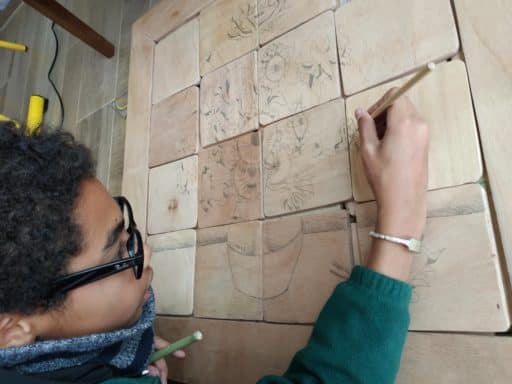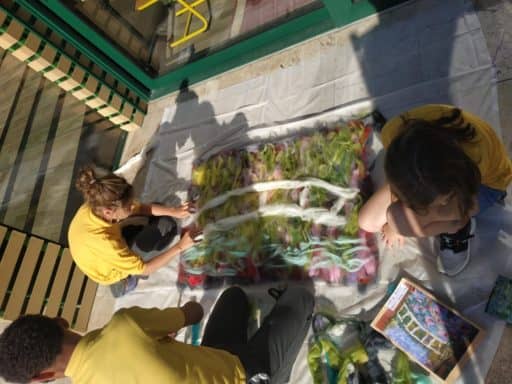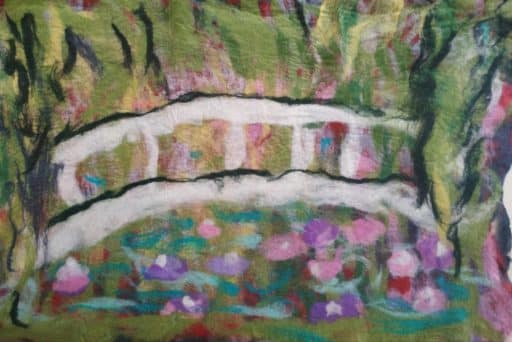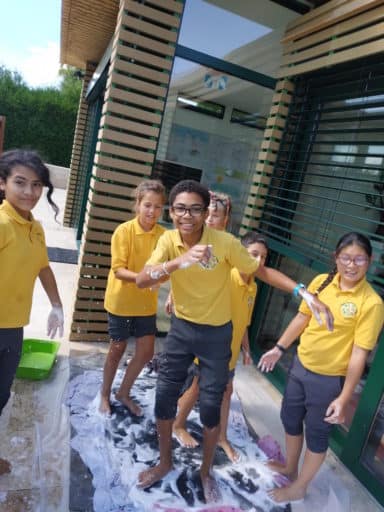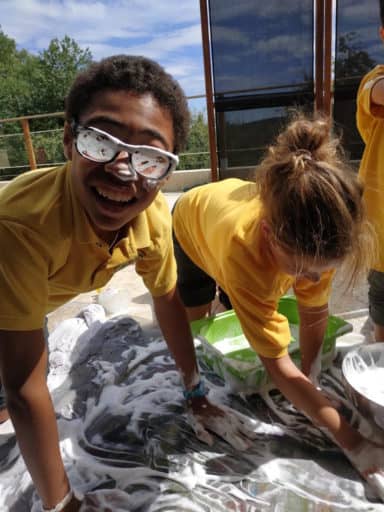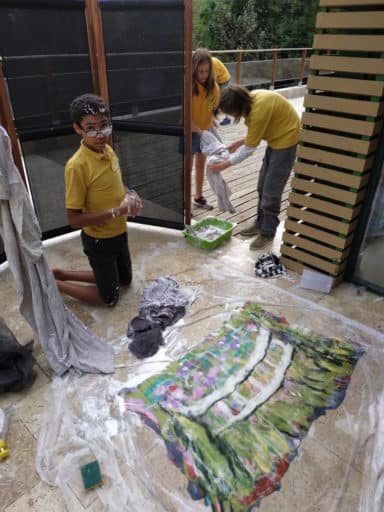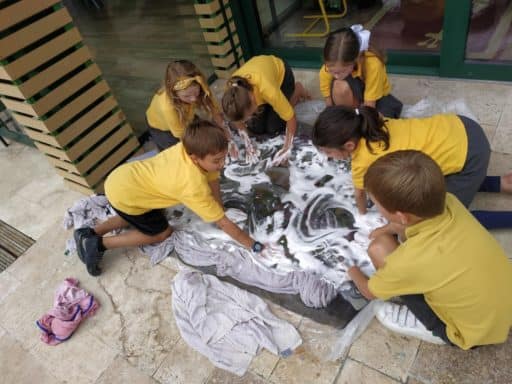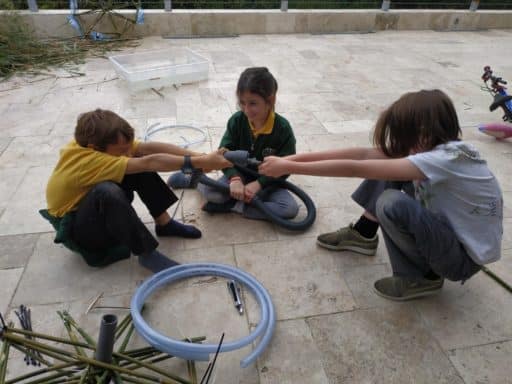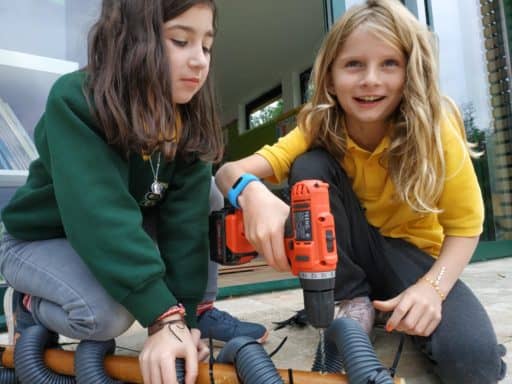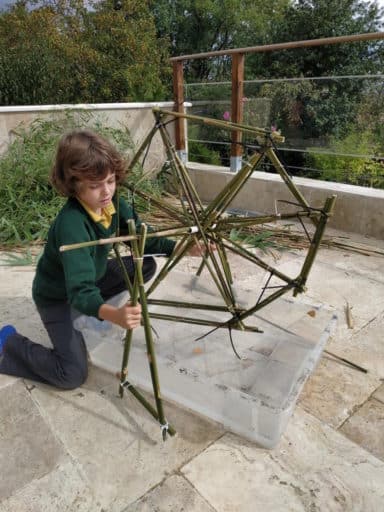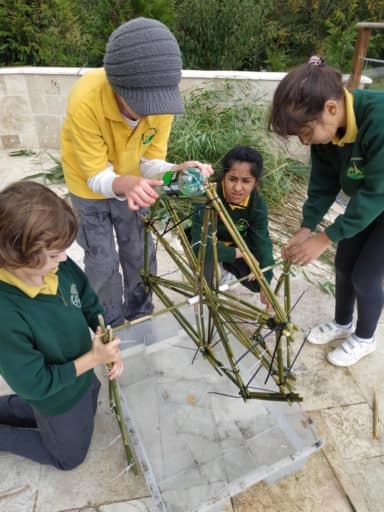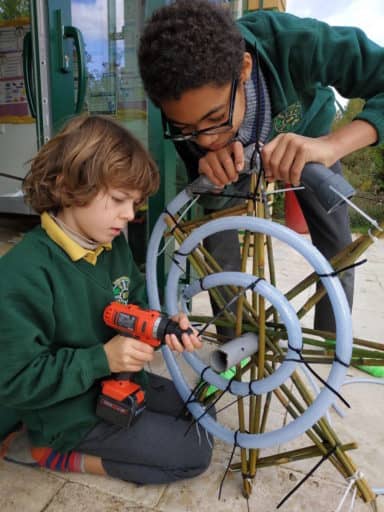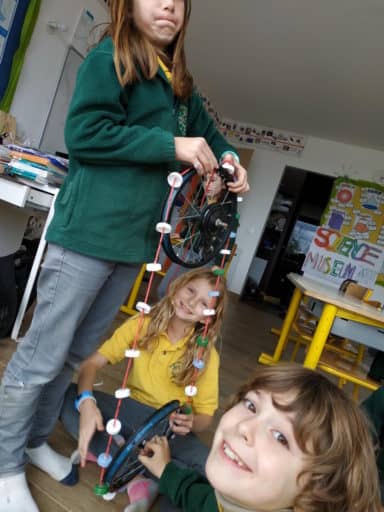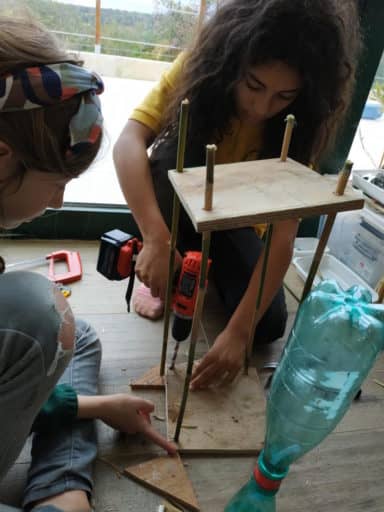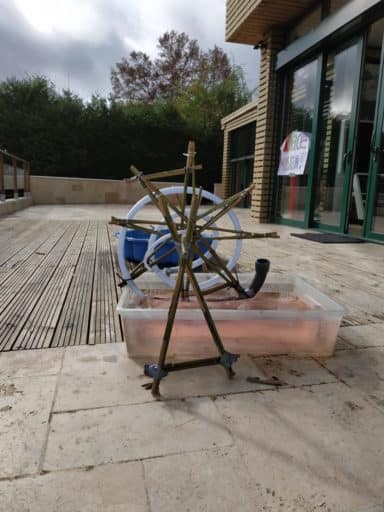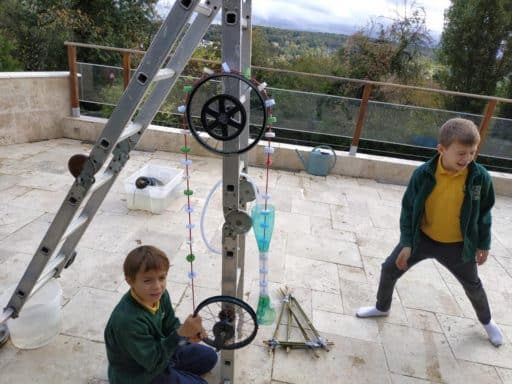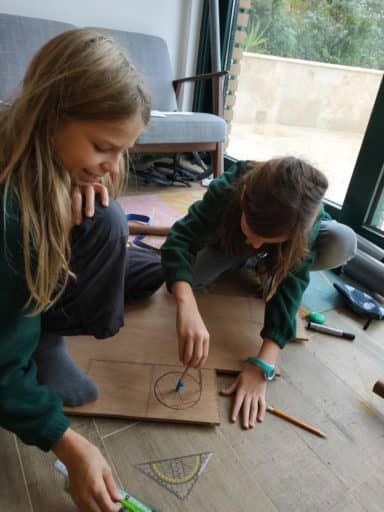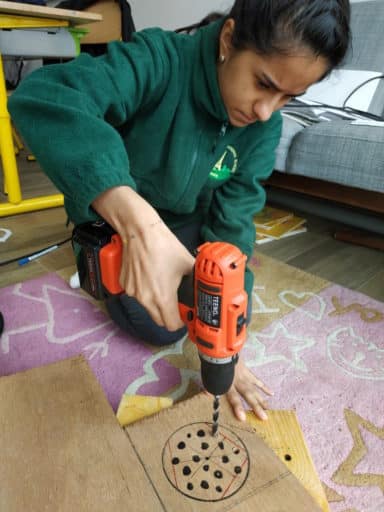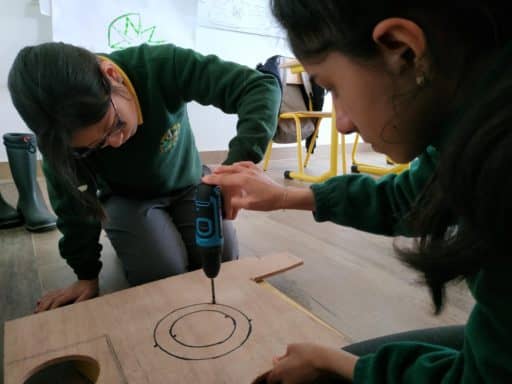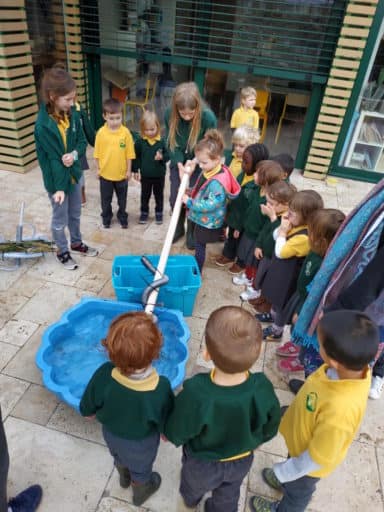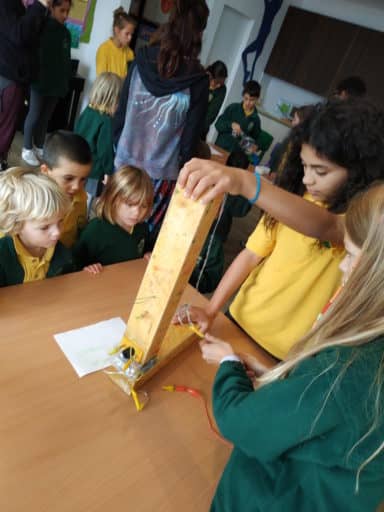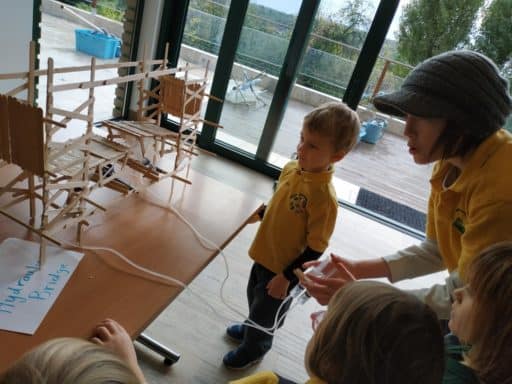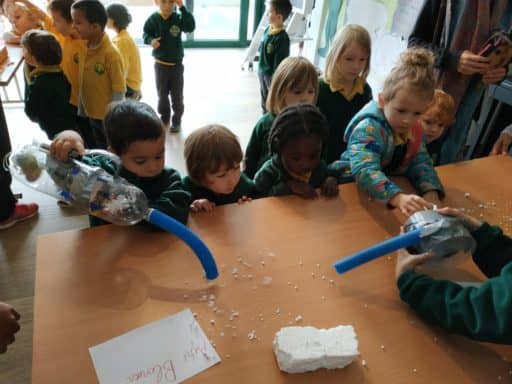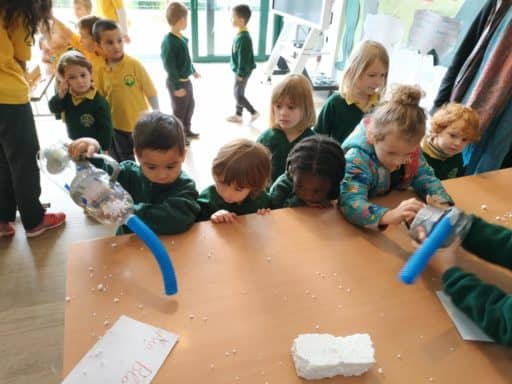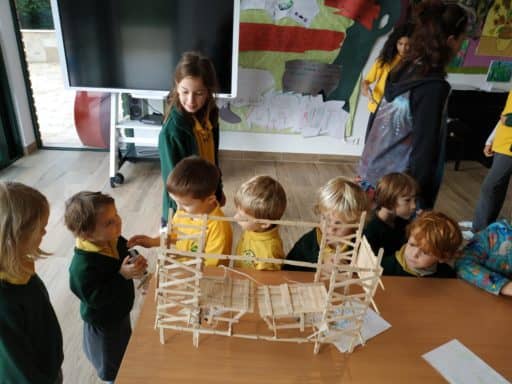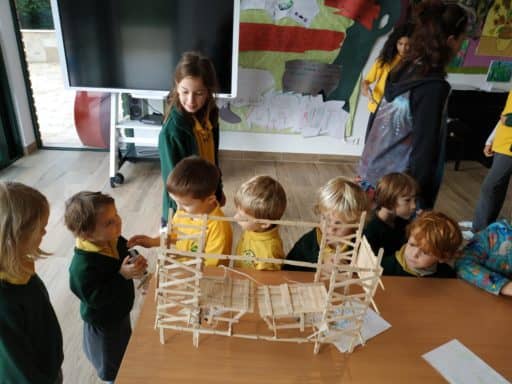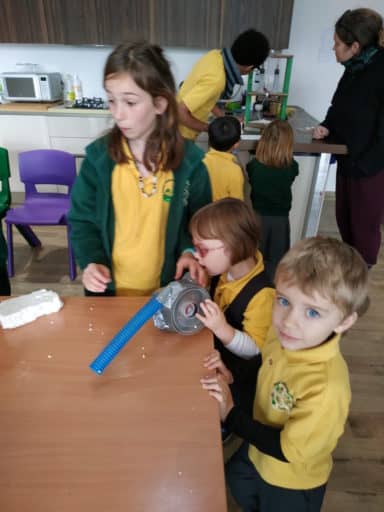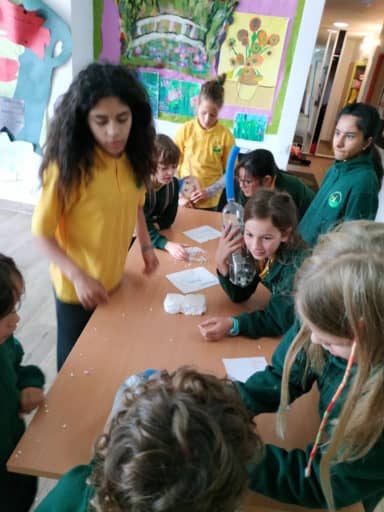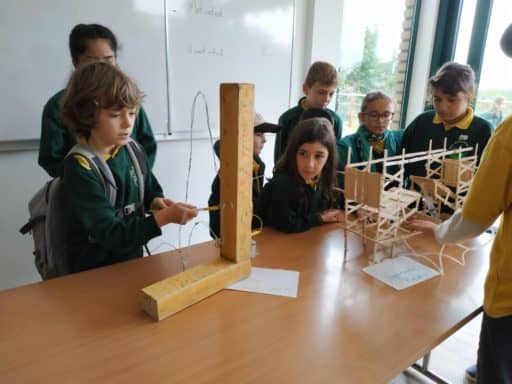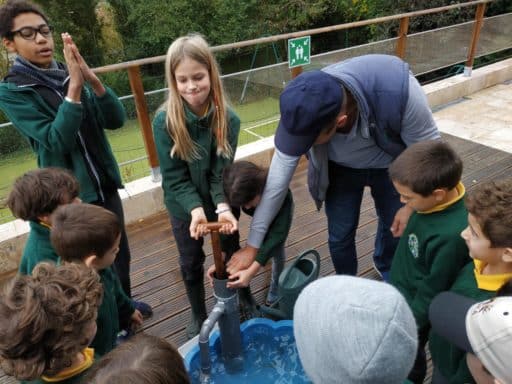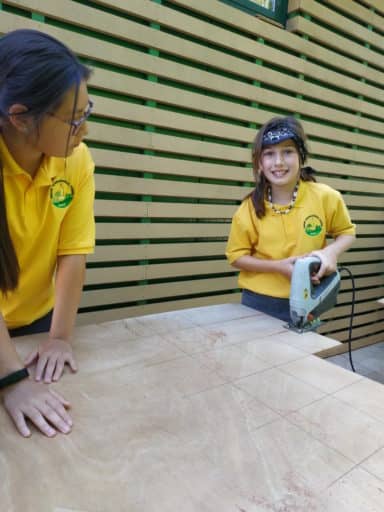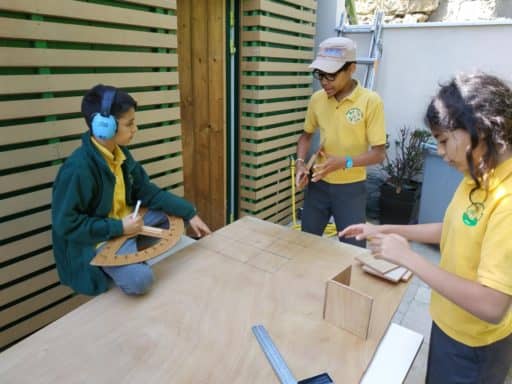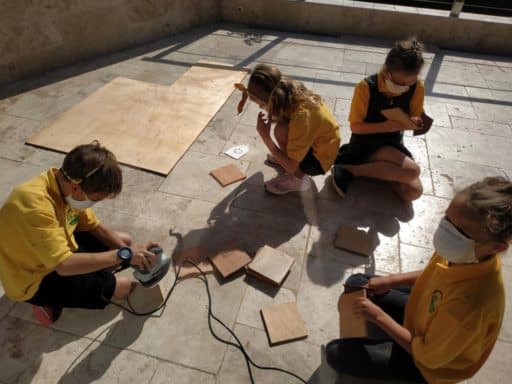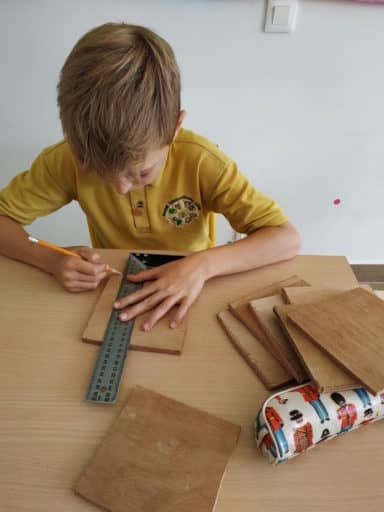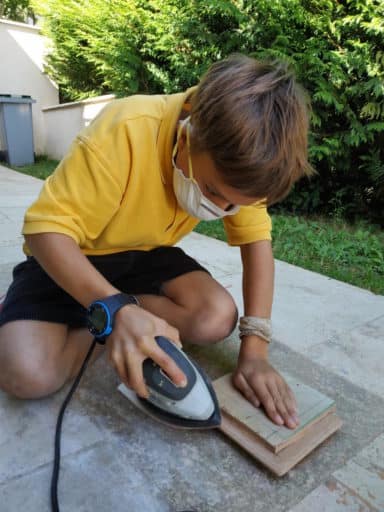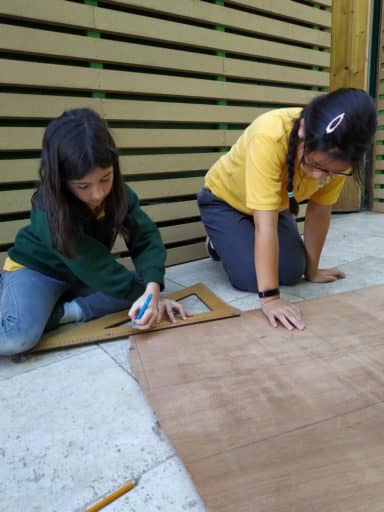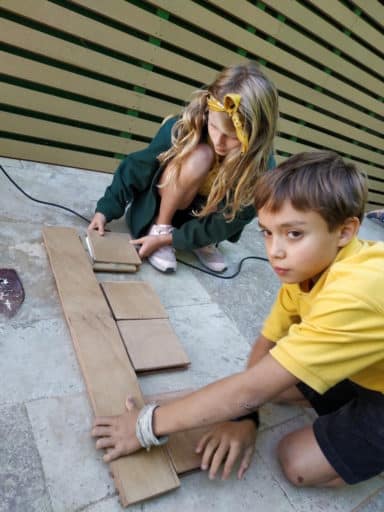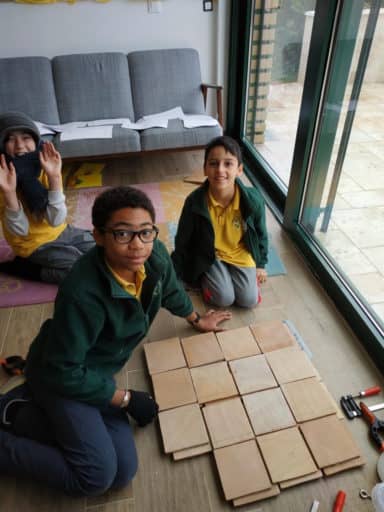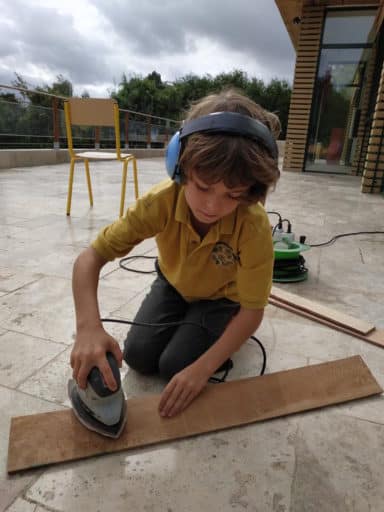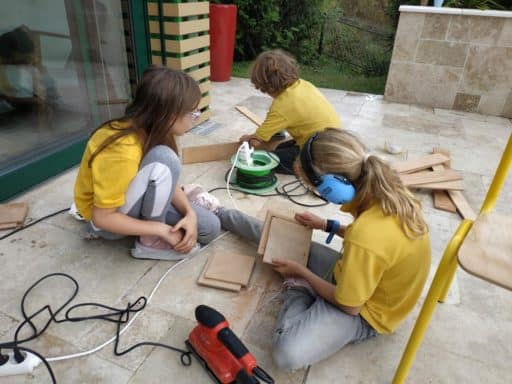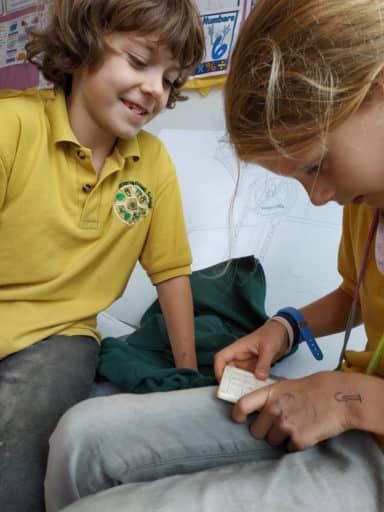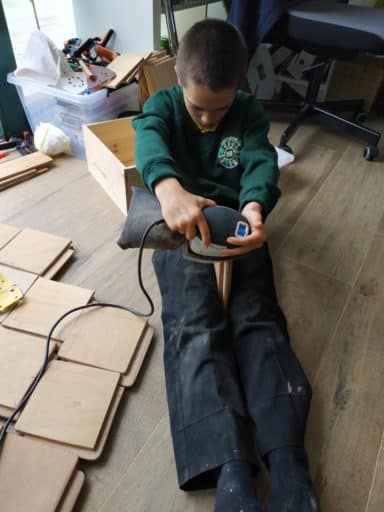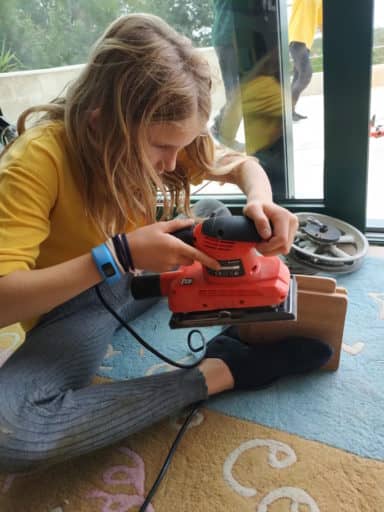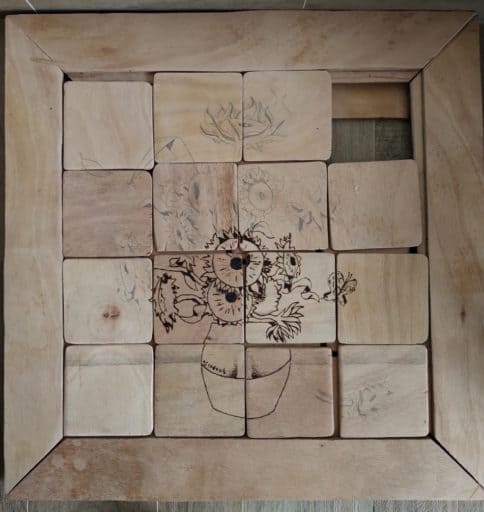Mathematics
Calculating, measuring and understanding shapes
During this unit, we solved two-step and three-step problems involving whole numbers, decimals and all four operations. The children worked on choosing and using appropriate calculation strategies and followed important steps: READ/UNDERSTAND/UNDERLINE/DRAW PICTURE TO ILLUSTRATE/CHOOSE OPERATION/CARRY OUT OPERATION while solving word problems. The children also practiced converting standard metric units mm-cm-m, ml-l and g-kg and then worked on solving one-step and two-step problems involving numbers, money and measures including fractions, percentages and decimals. The children learnt how to distinguish and draw acute, obtuse and reflex angles and then identified them in different triangles and 2D shapes. We practiced using a protractor to measure different angles to the nearest degree. We also worked on drawing simple 2D shapes and then visualized how to convert them into compound shapes. We then used simple formulae for calculating the Area and Perimeter of a square, rectangle, parallelogram, triangle and trapezoid.
Elms worked on calculating the Interior and Exterior angles.
We learnt how to use a compass and the skills we gained were used to draw triangles where measurements were provided. The children solved different geometrical challenges and practiced drawing triangles when 3 sides or 1 side and 2 angles were provided.
Drawing circles and calculating a radius, diameter, circumference and area.
Art
Felting Project
The process of felting is very hands-on! The children have to tease the wool, layer it, apply hot water and soap, manipulate and mesh it together with their hands and feet as well as rolling pins. Inspired by the Impressionist painter Claude Monet, Elm and Oak Classes decided to make the Japanese bridge in Monet’s garden in Giverny. The felting piece was made from fine merino wool, additional felt pieces to make the lily pads and coarser rare breed wool to make the hanging willow and added texture.
Science/Design and Technology
We discussed very important environmental issues and tried to do our part to make our world a better place. The children where shocked to find out that 55600 trees being destroyed every minute. We shared our ideas on why and how people use and waste plastic and don’t even think that they harm our environment. The children then rolled up their sleeves, used recycled materials and created their own ‘water installation’.
‘Water installation’. Not content to leave our Maths skills in the realm of theory, we applied our knowledge to our science theme WATER! Elm class worked miracles and pumped out a series of practical demonstrations showing how water can be used and manipulated. We recreated a variety of pumps and learnt about how and why each was used. The construction was done in teams, starting with the design. We calculated, measured and constructed an Archimedis’ screw, Spiral Water Wheel, Sludge Pump and a Bucket Pump!
‘It does not fit!!!
What did I do wrong?
How do I correct my
mistake?’
‘Estimate and Measure
Try and try again!!!
Am I correct???
Do I need to check again?’
‘Can we draw it?
Can we make it?
Can we roll it?
Can we turn it ?
Can we stuck it?
Can we bend it ?
Can we crack it?’
FISP Science museum/OAK-ELM
Elms and Oaks had the amazing opportunity to present their constructions to their younger friends. They tried to explain and demonstrate how they work and where various pumps could be used in a real life setting. Oaks and Elms also encouraged our young Maples, Chestnuts and Birches to try to explore and experiment with some beautiful and very important inventions.
Science Museum:
-Archimedis’ screw
-Spiral Water Wheel
-Sludge Pump
-Water bottle/ Bucket Pump
And some previous exhibits:
-Vacuum cleaner
-Air blower
-Buzzing robot
-Eiffel tower maze
-Hydraulic bridge
-Hydraulic press
Sliding Puzzle /Pyrography project
